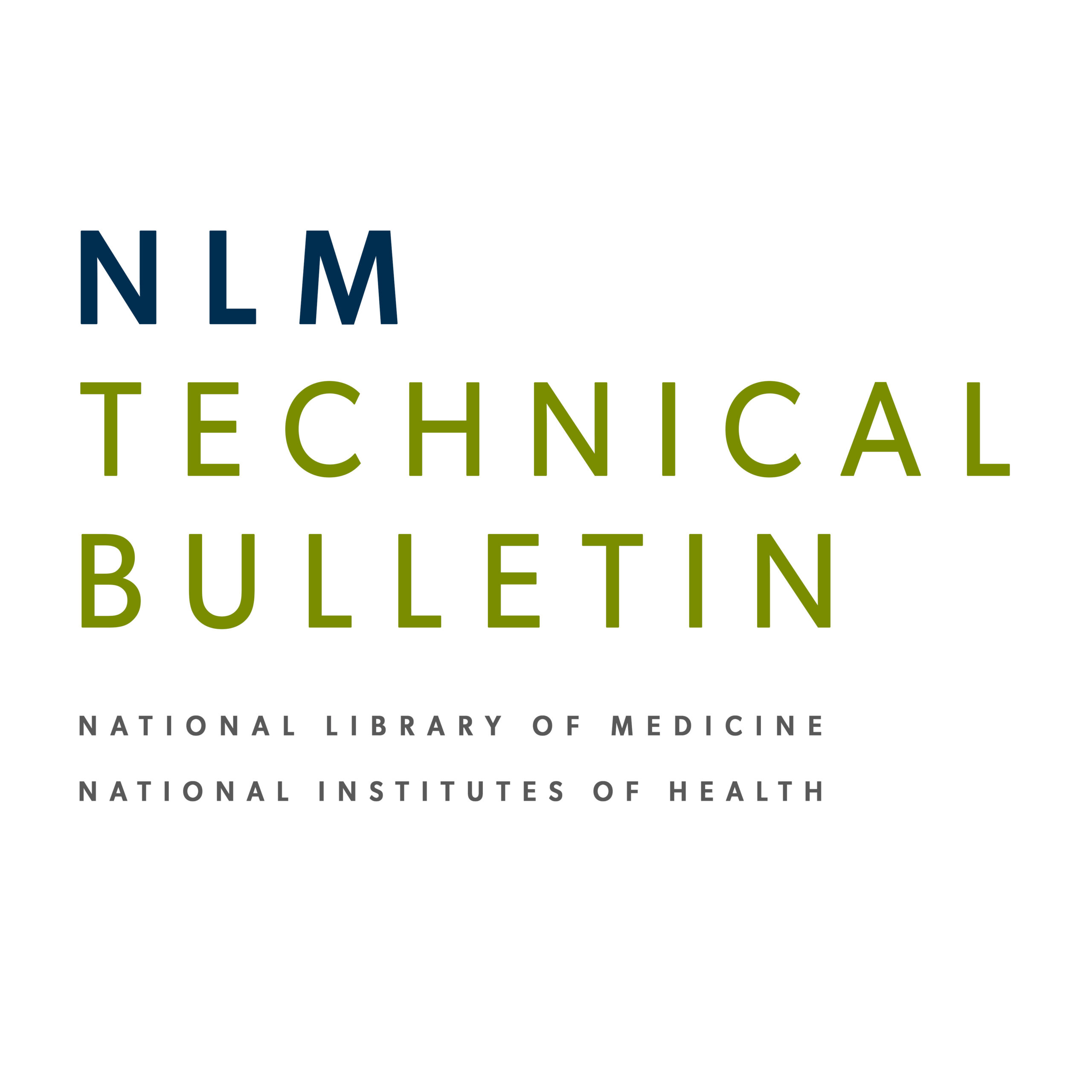
Since its initial emergence in humans in 2003, the H5N1 avian influenza virus has remained a significant public health concern. Characterized by a high mortality rate of approximately 60%, the virus poses a substantial threat in the event of sustained human-to-human transmission. To date, infections have primarily occurred in individuals who have had close contact with infected birds or contaminated environments.
The H5N1 virus is an influenza A subtype commonly found in bird populations, especially domestic poultry. Though human infections are rare, they often result in severe respiratory disease and high fatality rates. The limited inter-human transmission observed thus far has prevented widespread outbreaks, but health experts continue to warn of the virus’ pandemic potential due to the widespread susceptibility in the global human population.
Efforts to contain the spread have included mass culling of poultry during outbreaks, improved surveillance in both animal and human populations, and research efforts to develop effective vaccines. However, due to the virus’s ability to mutate and its persistent presence in avian species, the threat remains.
Public health authorities urge continued vigilance, international cooperation in disease monitoring, and investment in vaccine development to mitigate the risk of a future pandemic driven by H5N1 or similar highly pathogenic influenza strains. Ongoing research is critical to understanding viral transmission dynamics and preparing for potential public health emergencies caused by influenza viruses with pandemic potential.
Source: https:// – Courtesy of the original publisher.








